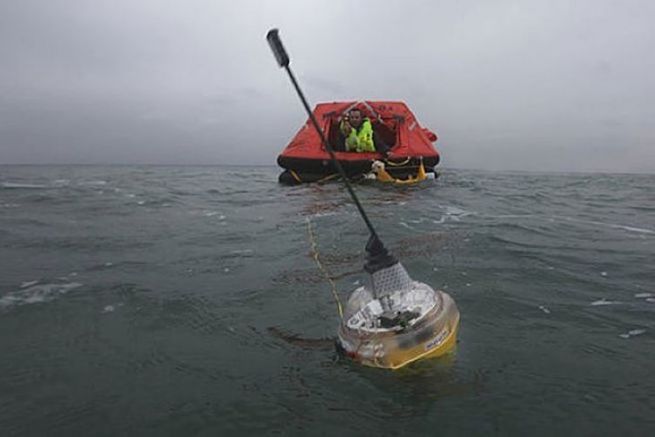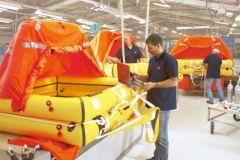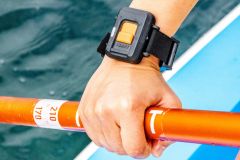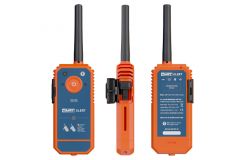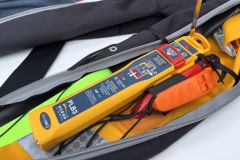Principle of operation
When triggered, an EPIRB (Emergency Position Indicating Radio Beacon) sends a signal to a network of COPAS-SARSAT satellites. One satellite receives this signal on the 406 MHz frequency. If the beacon's position is transmitted with the distress signal (if the beacon is equipped with a GPS), the alert is quickly triggered. Otherwise, it is necessary to wait for several satellites to pass by before the position can be triangulated. This is why it is advisable to equip yourself with a beacon that integrates a GPS... In concrete terms, the delay for the alarm is between 15 and 45 minutes.
Alert processing
Once the signal returns to shore, it is identified by the beacon's MMSI number. The owner is therefore identified and the appropriate emergency response can be initiated. In France, this signal will be processed by the CNES in Toulouse, which will dispatch to the SAR (Search and Rescue) nearest to the beacon's location (the system offers worldwide coverage).
The SAR can then initiate rescue operations. For a rescue at sea the CROSS is alerted. The EPIRB that continues to transmit also uses the frequency 121.5 MHz. It is used by search aircraft and helicopters to homing in on it.
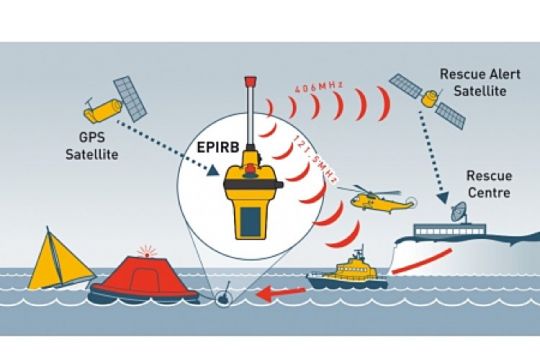
The EPIRB beacon
- Autonomy: 48 to 96 hours depending on the model
- Programmed MMSI for quick identification
- Manual release
- Floating
- Don't fit in the pocket
- Requires an overhaul to replace the battery every 7 years
- Works anywhere in the world, even at the poles
- Price from 400 to 800 euros
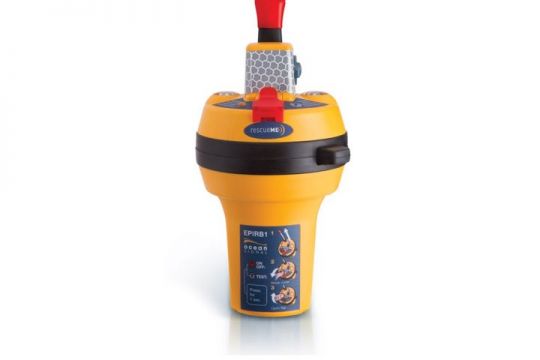
What about the PLB?
The PLB (Personal Location Beacon) is a small beacon the size of a cigarette packet that performs the same function as an EPIRB. It uses the same COPS-SARSAT satellite network and sends the same distress message.
The only difference is that this beacon, which can also be used ashore, does not float. It has a shorter range (about 24 hours) and does not contain an MMSI number. It is paired with a user and not a boat.
At sea it will be complementary to an EPRIB beacon and can always be on station in the navigator's lifejacket. It is particularly suitable for single-handed sailors.
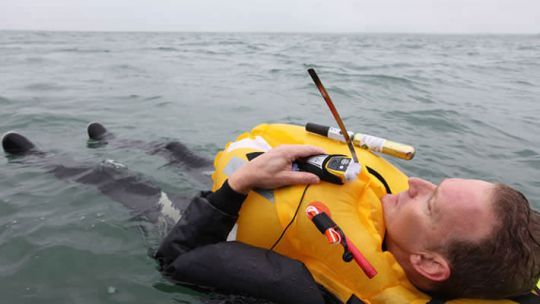
The PLB beacon
- Compact
- Carried on one's person
- Autonomy in the order of 24 hours
- Price from 300 to 400 euros
